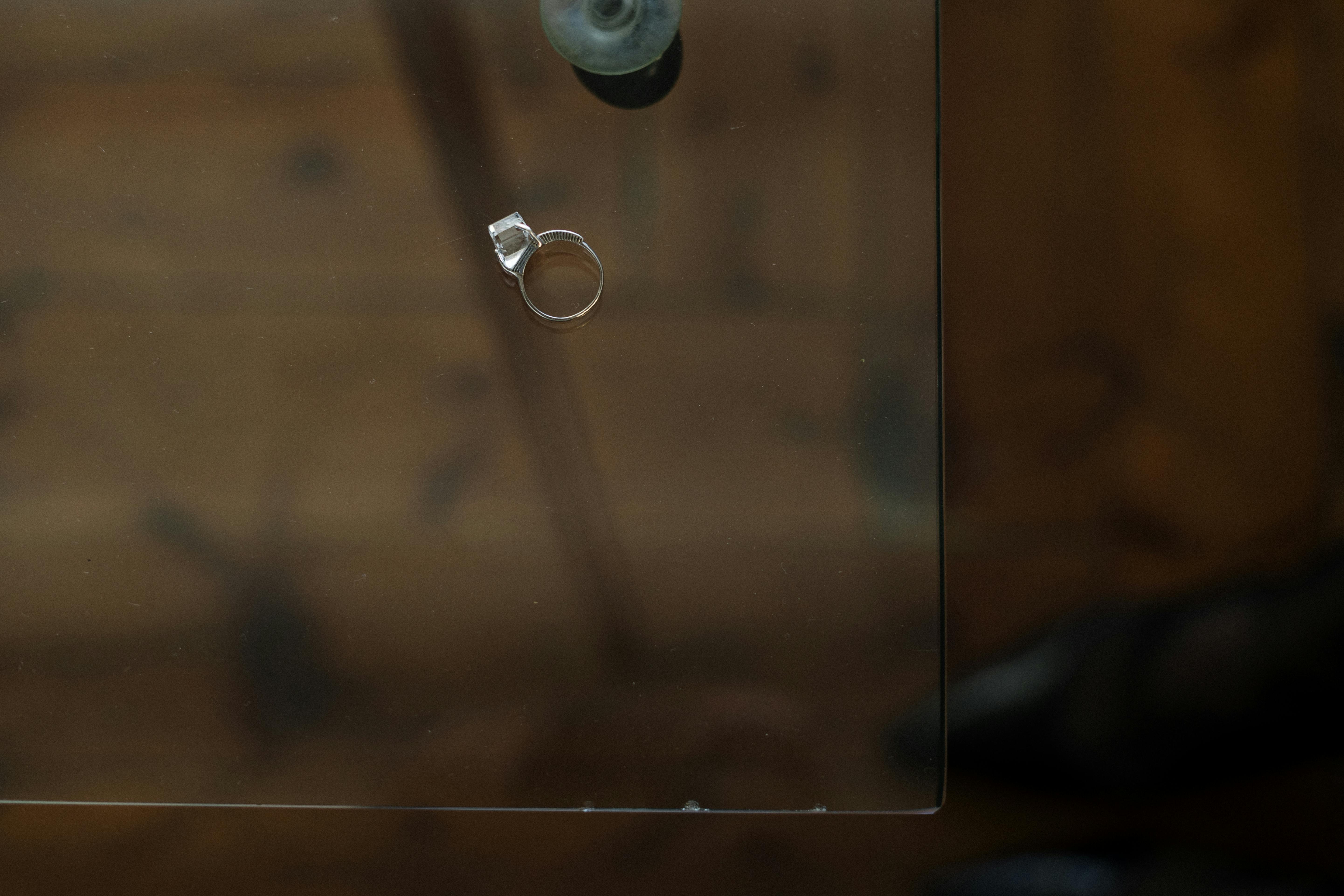How the restoration began
The history of the restoration and haute cuisine trades dates back to the fourth millennium BC. It all started in China, but the culture of eating and drinking big was already important during the prosperous years of ancient Egypt. However, the catering business only grew out of commonly practiced hospitality, which was always free, when the first royal lodges and inns were built in ancient Greece.
The development in ancient Greece continued in the Roman Empire. Accommodations for Roman soldiers were originally located along military roads and trade routes, which were eventually opened to all travellers. During the Middle Ages in Europe, the first signs of the hospitality revival were seen in the monasteries that catered mainly to the needs of the many Christian pilgrims who came to Rome. The series of caravans served the same purpose in the East and began there around AD 600. During the time of Charlemagne, the catering trade developed and spread throughout Europe because transport and trade required safe accommodation.
The catering trade had been greatly influenced by the church in the later part of the Middle Ages. In addition, the newly established bourgeoisies, flourishing trade, the substitution of money for the natural economy, and the intensification of transportation contributed to the popularity of the catering industry.
The restoration industry was widespread in Germany between the 14th and 15th centuries and this caught the attention of legislators. The first “beer inspection” licenses were paid for by the Elector of Augsburg in 1530. It was also in the same year that the “Polizey Sewer Reform” law was enacted which replaced many regional regulations. After the enactment of the law, different rules for hostels and inns were issued and this led to regulating the service of drinks, sizes of beer mugs, and the quality and purity of the beer, even the quantity and type of dishes brought. in the “Zehrodnung” Regulation. Over time, hostels and guild houses were developed. The term “Seefahrts- und Schifferhäuser” was first heard in coastal cities during the Hanse era. As another area of expertise, post office guesthouses and rathskeller restaurants emerged, and to this day, they can still be found as establishments named as “Gasthof zur Post” or “Ratskeller”. Improved transportation, technical innovations, population growth, and the surge in the travel and tourism trade gave gastronomy a rapid turnaround that made it a very important factor in the national economy.
